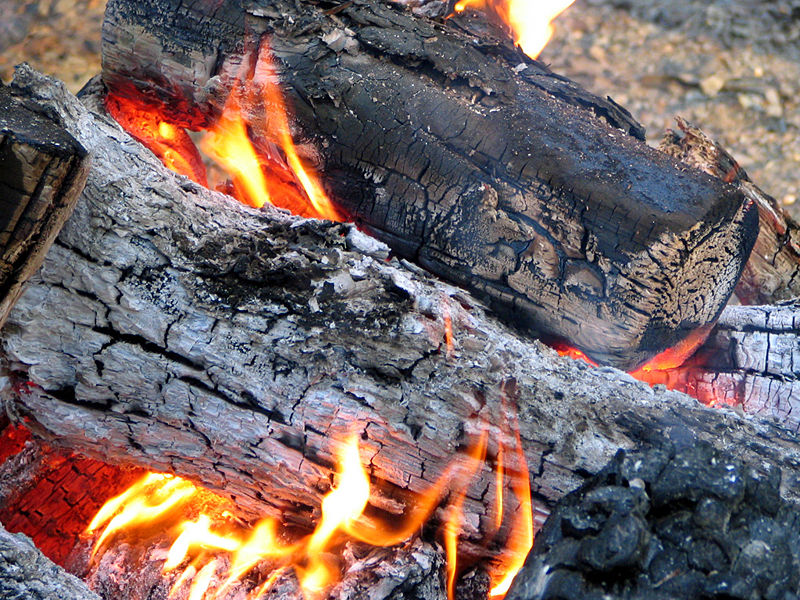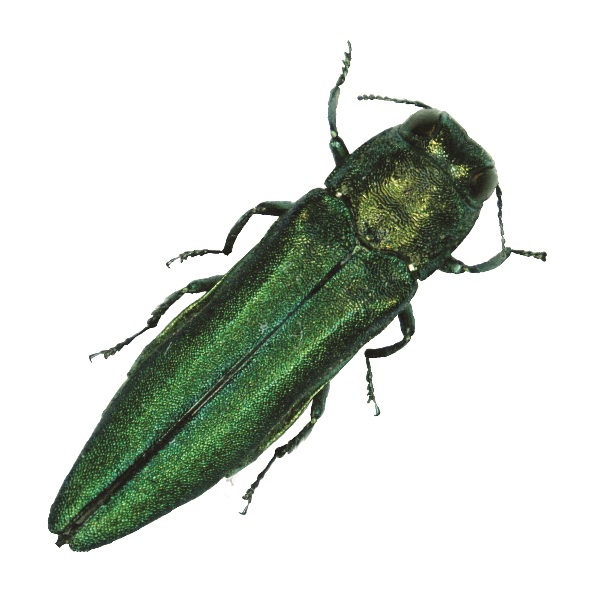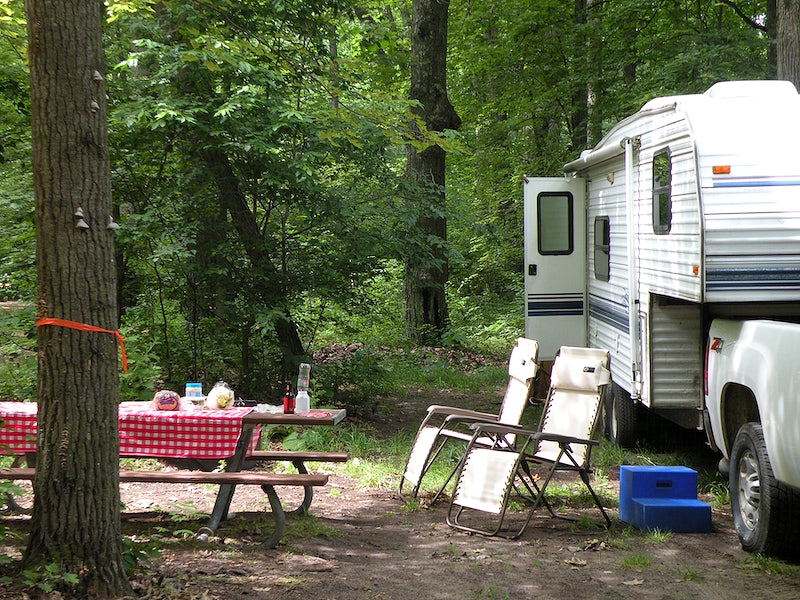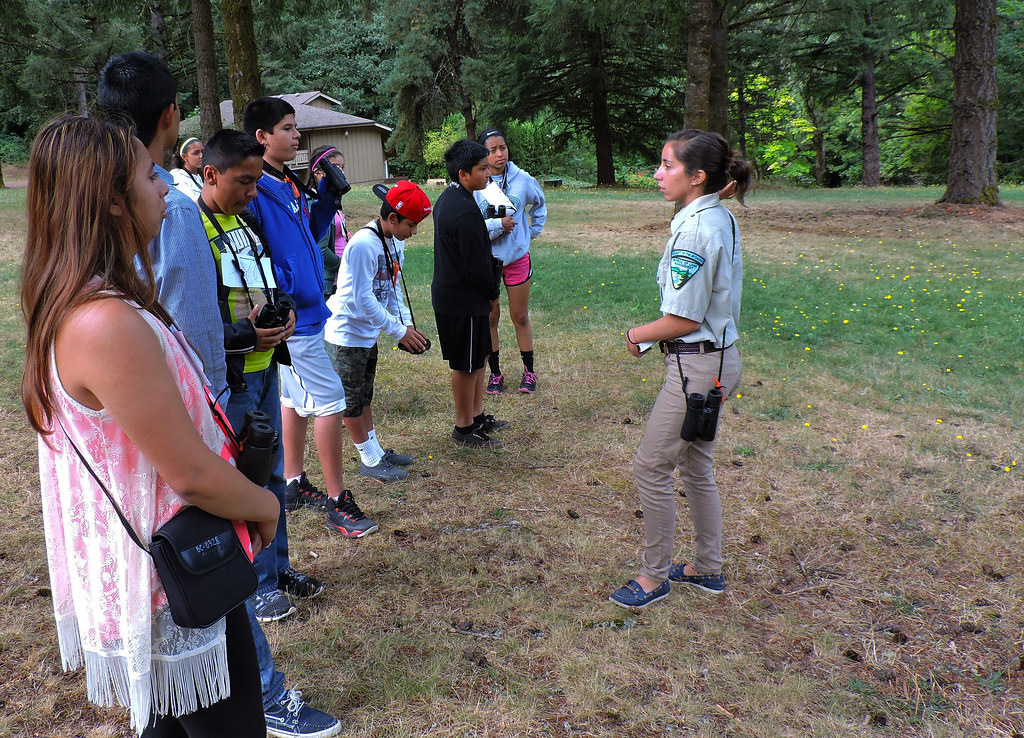
The Nature Conservancy (TNC) and Clemson University have analyzed how to persuade people not to move firewood – and the tree pests that can accompany it. (Full citation at the end of this blog) Their study is based on five surveys conducted by TNC between 2005 and 2016. These surveys guided TNC’s “Don’t Move Firewood” campaign and its outreach efforts since the beginning in 2008
As Solano et al. note, wood-boring pests continue to enter the country and spread, causing immense damage. Firewood transport by campers is a significant contributor to that spread. Millions of individuals decide whether to move firewood. Yet the scientific literature is quite limited regarding their behavior and TNC’s survey data has never been published.
The patchwork of state and federal quarantines is largely reactive and has failed to prevent continuing spread. The regulatory regime has been further fragmented by APHIS’ deregulation of the emerald ash borer. As a consequence, limiting the spread of pests depends even more on educating campers to behave responsibly – voluntarily.

The TNC’s surveys each focused on different geographic areas and asked different questions in each. So their compilation cannot show trends in awareness or other measures. Nevertheless, the authors find:
- Most people in the United States don’t know firewood can harbor invasive forest insects and diseases, but when targeted by effective education they can learn and are likely to change their behavior.
- The two best ways to reach the public is through emails confirming campsite reservations and flyers handed out at parks. Web-based information seemed less effective. However, most of the surveys were done before 2011, the year when 50% of adults reported using internet media.
- Forestry-related public agencies (especially state forestry departments) are the most trusted sources of information about forest health issues.
- It works better to “push” information, not expect people to seek it on their own.
- Messages should focus on encouraging the public to make better choices, including how they, themselves, will benefit. Positive, empowering calls to action, like “Buy it Where You Burn It” or “Buy Local, Burn Local” are better than negative messages, such as “Don’t Move Firewood”.
- People respond to messages that emphasize protecting forest resources, e.g., ecosystem services like clean water. They response less to messages about forest threats.

Solano et al. describe the ways that different socioeconomic groups differ in their awareness of forest pests and in how they respond to various statements about forests, pests, and messengers. The focus is on how to overcome four psychological barriers to changing behavior that had been identified in a study of climate change. In the firewood context, those barriers were: 1) lack of awareness; 2) mistrust and negative reactions to the messengers; 3) habit; and 4) social comparison, norms, conformity, and perceived poor quality of purchased firewood.
From this work, the authors suggested further work::
- Development of education and outreach programs that target those with lower education levels, since, on average, ~60% of people who camp did not graduate from college. Further research is probably needed to identify the most effective messengers and messages.
- While 80% of the survey respondents were over 40, the proportion of campers made up of Gen X and millennials is increasing. Managers need to improve outreach for younger audiences. This includes engaging the messengers they trust: scientists, environmentalist politicians, peer networks, and social media.
- While women trust the USDA Forest Service and conservation organizations, 55% of campers in a given year are men. Further research is needed to clarify the most effective messengers and messages for men. The outreach agencies should select the messengers that both sexes trust.
- Levels of awareness should be assessed both before and after implementing new educational strategies so that the strategies’ effectiveness can be determined.

Since 80% of the respondents were white, determining the most effective messages and messengers for other ethnic groups also seems necessary, although the authors did not address this.
SOURCE:
Solano, A., Rodriguez, S.L., Greenwood, L., Rosopa, P.J., and Coyle, D.R. 2022. Achieving effective outreach for invasive species: firewood case studies from 2005-2016. Biological Invasions.
https://link.springer.com/article/10.1007/s10530-022-02848-w
You can read the article – but not download it – at https://rdcu.be/cRRVH
To request a copy of this study from the author, contact the lead author at Clemson University.
Posted by Faith Campbell
We welcome comments that supplement or correct factual information, suggest new approaches, or promote thoughtful consideration. We post comments that disagree with us — but not those we judge to be not civil or inflammatory.
For a detailed discussion of the policies and practices that have allowed these pests to enter and spread – and that do not promote effective restoration strategies – review the Fading Forests report at http://treeimprovement.utk.edu/FadingForests.htm
or